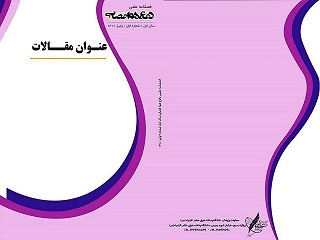Document Type : Original Article
Author
Assistant Professor, Aerospace Research Institute, Ministry of Science Research & Technology, Tehran, Iran.
Abstract
Background & Purpose: This study introduces an innovative framework for aircraft design that integrates fuzzy logic, metaheuristic optimization algorithms, and three-dimensional Pareto front analysis. In the initial phase, the aircraft’s empty and takeoff weights were calculated using conventional design methods. Fuzzy logic was subsequently employed as a decision-making tool to assess the validity of these estimates. Key design parameters such as wing area and engine thrust were identified using a novel computational methodology.
Methodology: The optimization of critical design variables was performed using multiple advanced metaheuristic algorithms, including Harris Hawks Optimization (HHO), Marine Predators Algorithm (MPA), Whale Optimization Algorithm (WOA), and Artificial Bee Colony (ABC). These algorithms simultaneously optimized parameters including empty weight, takeoff weight, stall speed, and flight range. The optimized results, particularly in terms of wing area and engine thrust, were benchmarked against reference models of similar aircraft.
Findings: Three-dimensional Pareto fronts were generated for design parameters such as empty weight, takeoff weight, and fuel weight to evaluate key performance indicators including fuel efficiency, payload capacity, flight range, and overall performance. The results demonstrated notable improvements in key aerodynamic and propulsion characteristics.
Conclusion: The comprehensive analysis conducted in this study led to the development of an optimized model of a propeller-driven aircraft. The proposed approach resulted in significant enhancements in performance metrics and overall efficiency, validating the effectiveness of the integrated optimization and decision-making framework.
Keywords
Main Subjects

